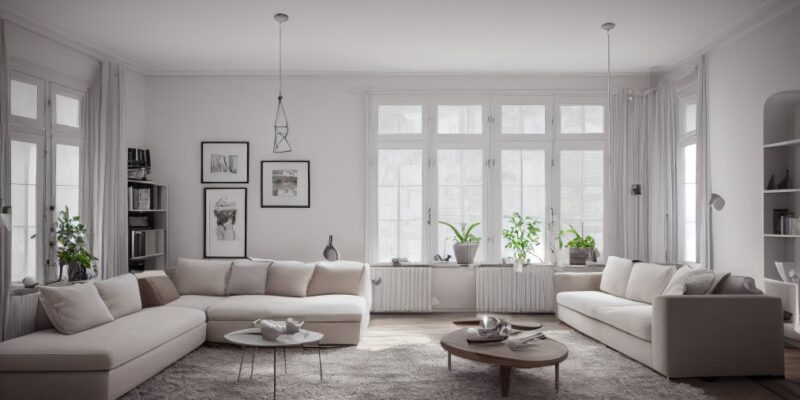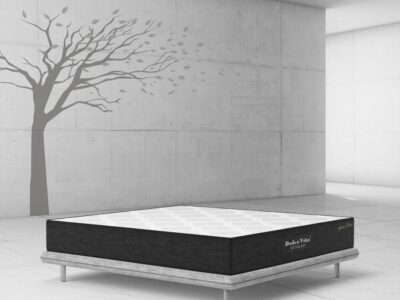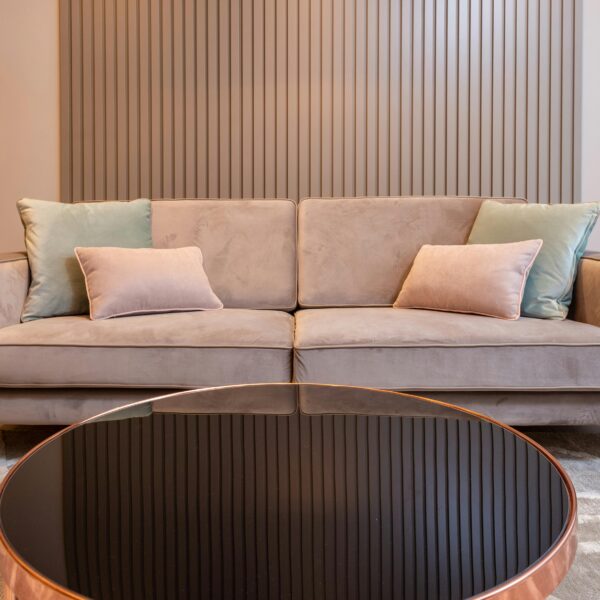
In a world where excess often overshadows simplicity, the minimalist movement has emerged as a refreshing antidote, offering a return to essentials and a celebration of space. Minimalist furniture designs, characterized by clean lines, simple forms, and a focus on functionality, have become a cornerstone of this aesthetic philosophy. In this article, we’ll explore the allure of minimalist furniture, its principles, and how it can transform living spaces into serene sanctuaries of simplicity.
The Essence of Minimalism
At its core, minimalism is about paring down to the essentials, both in physical possessions and in the design of spaces. It’s a deliberate choice to eliminate clutter and excess, allowing room for clarity, calmness, and intentionality. Minimalist furniture embodies these principles, prioritizing functionality, practicality, and clean aesthetics.
Clean Lines and Simple Forms
Minimalist furniture designs are characterized by clean lines and geometric shapes, devoid of ornate detailing or unnecessary embellishments. Chairs, tables, sofas, and storage units are often sleek and streamlined, with a focus on simplicity and elegance. This emphasis on clean lines creates a sense of visual harmony and balance within a space, contributing to its overall serenity.
Functionality and Practicality
In minimalist design, form follows function. Every piece of furniture serves a purpose, with an emphasis on practicality and usability. Multi-functional furniture, such as sofa beds or storage ottomans, are popular choices in minimalist interiors, maximizing space and versatility without sacrificing style. By prioritizing functionality, minimalist furniture designs optimize living spaces, making them more efficient and adaptable to everyday needs.
Quality over Quantity
In the world of minimalist design, quality reigns supreme. Rather than filling a space with an abundance of furnishings, minimalist interiors often feature a select few high-quality pieces that are built to last. This focus on quality craftsmanship and durable materials ensures that minimalist furniture stands the test of time, both in terms of style and longevity.
Embracing Negative Space
One of the most defining characteristics of minimalist design is the appreciation of negative space—the areas of a room that are left intentionally empty. Minimalist furniture allows for ample breathing room within a space, creating an atmosphere of openness and tranquility. By embracing negative space, minimalist interiors feel light, airy, and uncluttered, promoting a sense of calm and relaxation.
Natural Materials and Neutral Colors
Minimalist furniture designs often feature natural materials such as wood, metal, and leather, which add warmth and texture to a space. Neutral color palettes, including whites, grays, and earth tones, are prevalent in minimalist interiors, creating a serene and timeless aesthetic. These natural materials and muted hues contribute to the overall sense of simplicity and tranquility that defines minimalist design.
Creating a Minimalist Sanctuary
To incorporate minimalist furniture into your home, start by decluttering and simplifying your space. Clear out unnecessary items and focus on keeping only what is essential and meaningful to you. When selecting furniture, opt for pieces with clean lines, simple forms, and versatile functionality. Invest in high-quality materials and craftsmanship that will stand the test of time. Finally, embrace negative space and a neutral color palette to create a serene sanctuary that promotes clarity, calmness, and well-being.
Harmonizing Minimalist Elements
In addition to furniture, other elements of minimalist design contribute to the overall aesthetic of a space. Simple yet impactful accents such as geometric artwork, unadorned light fixtures, and sleek textiles can complement minimalist furniture, enhancing the sense of tranquility and cohesion. Plants and greenery also play a significant role in minimalist interiors, adding a touch of nature and vitality to the space without overwhelming its simplicity.
Embracing Minimalist Lifestyle
Beyond its aesthetic appeal, minimalist furniture embodies a lifestyle centered on mindfulness, intentionality, and simplicity. By paring down possessions and focusing on what truly matters, minimalist living encourages a deeper connection to one’s environment and a greater appreciation for the present moment. Minimalist furniture serves as a physical manifestation of these values, reminding us to prioritize quality over quantity and to create spaces that nurture our well-being.
In conclusion, minimalist furniture designs offer a transformative approach to interior design, simplifying spaces and promoting a sense of harmony and tranquility. By prioritizing clean lines, functionality, and quality craftsmanship, minimalist furniture creates serene sanctuaries where less truly is more. So whether you’re looking to declutter your space or cultivate a sense of calm in your home, consider embracing minimalist magic and simplifying your space with minimalist furniture designs.










